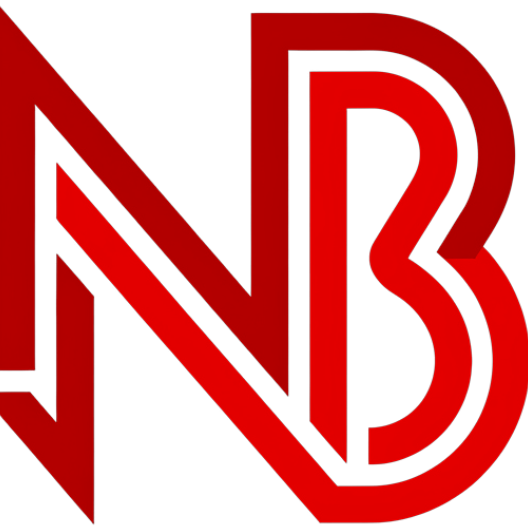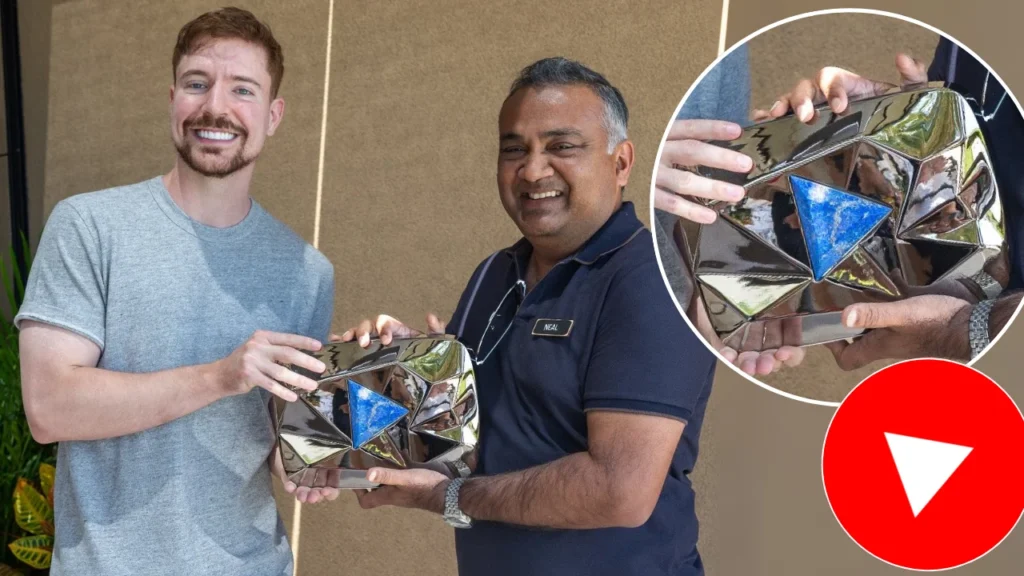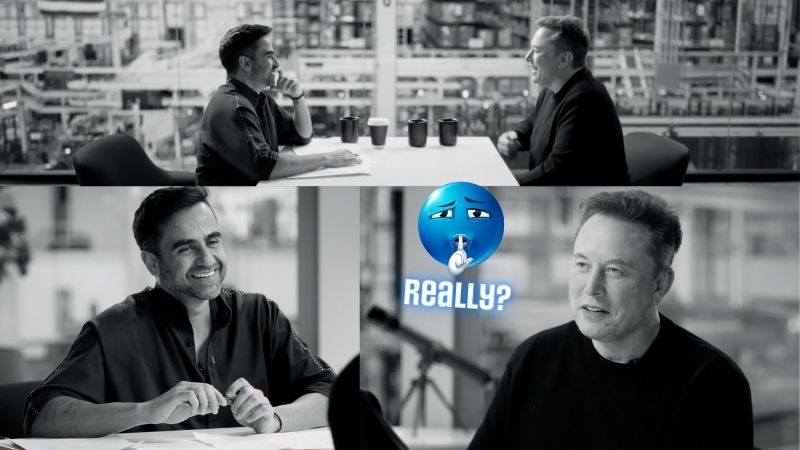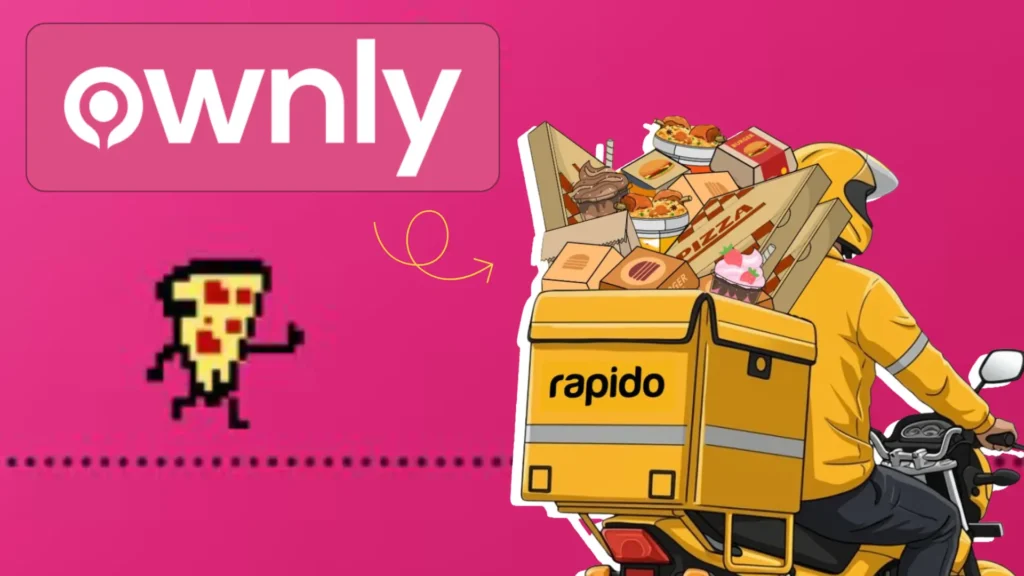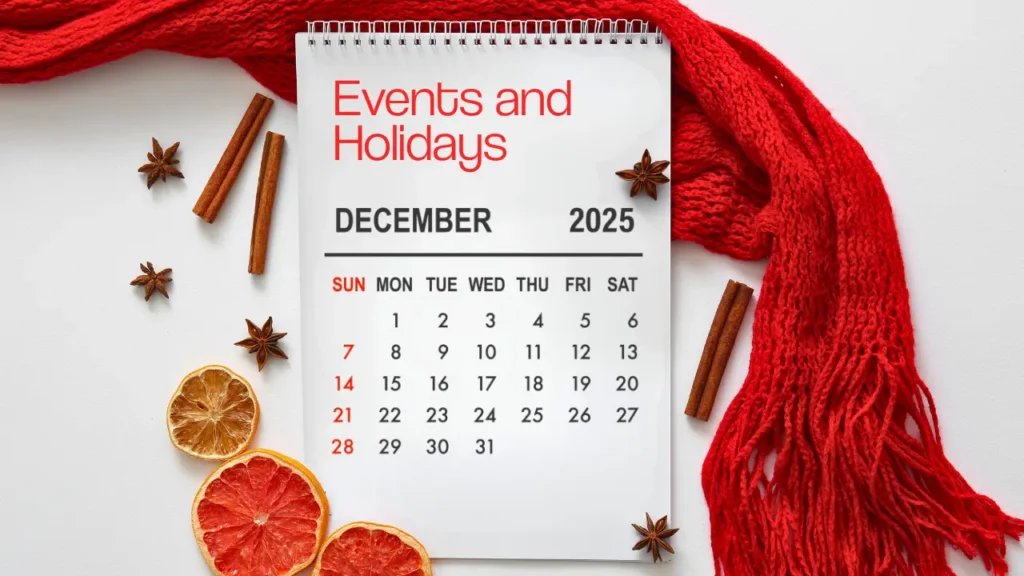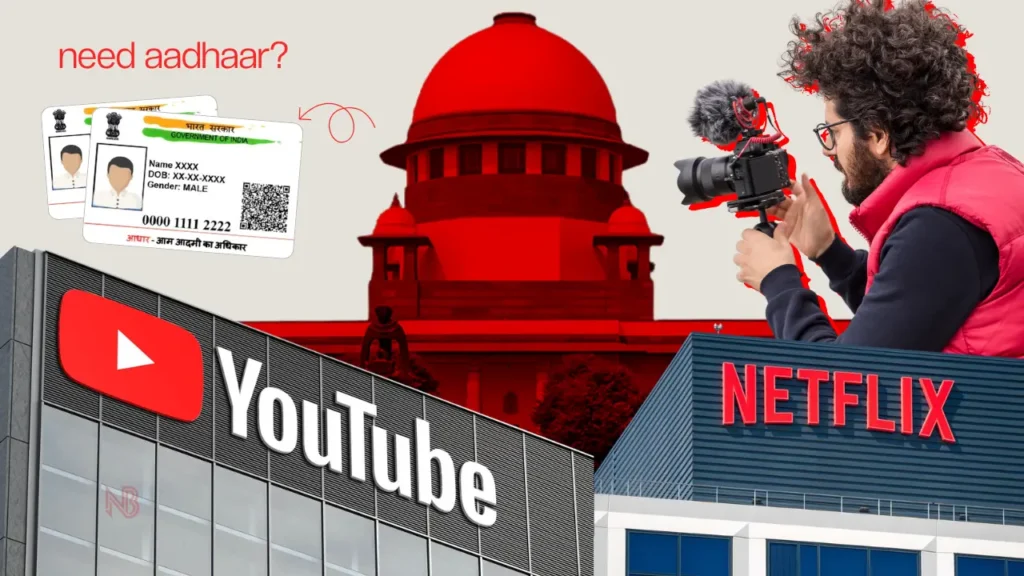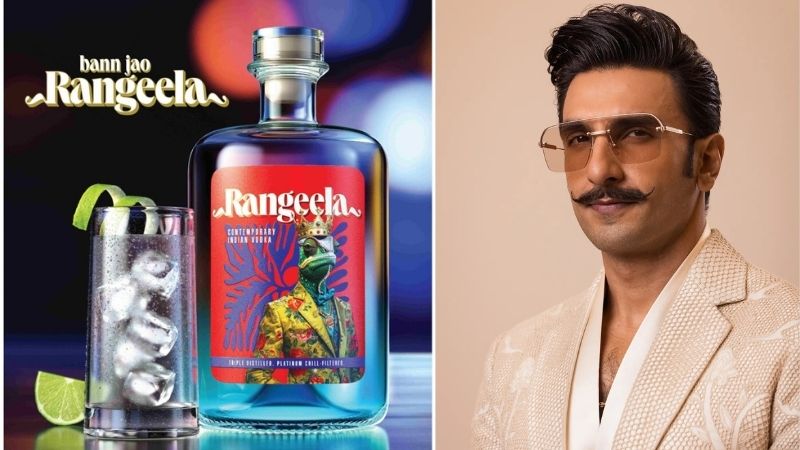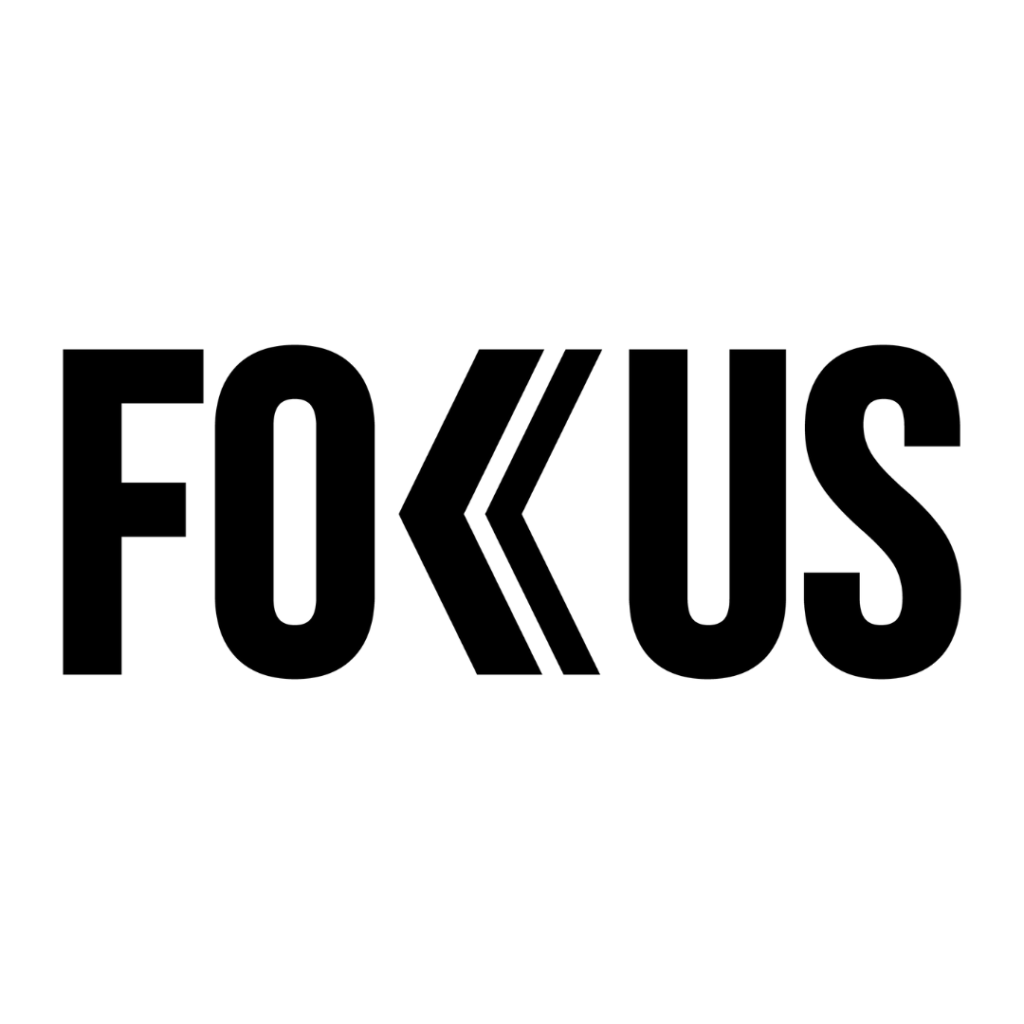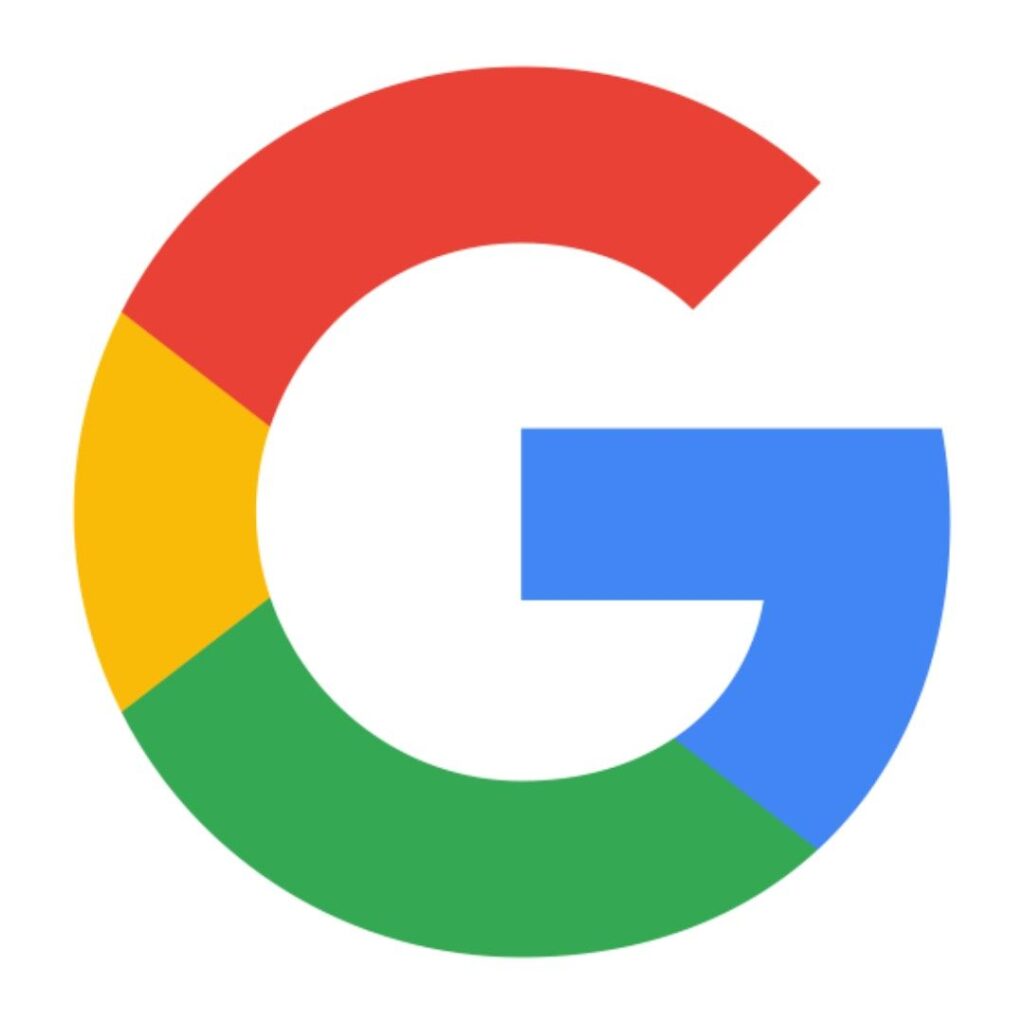First-Ever 400 Million Play Button Gifted By YouTube CEO
YouTuber MrBeast has become the first content creator in the YouTube history to reach 400 million subscribers. To mark this rare milestone, YouTube CEO Neal Mohan personally gifted him a custom blue diamond play button a briefcase-style award engraved with 400M, making it the only one of its kind.
The event was shared through a post by MrBeast himself, who posed alongside Mohan holding the massive blue trophy. This isn’t just a subscriber celebration it signals how far the creator economy has come, and how one channel rise can become a cultural moment.
Community Reactions Were Divided
While the custom play button drew attention, not all of it was positive. Many creators and fans praised the moment and the craftsmanship of the button, but others raised eyebrows. A large section of the internet questioned YouTube apparent favoritism pointing out how Indian channel T Series, which holds the highest subscriber count, never received the same kind of public celebration or direct CEO involvement.
Some accused YouTube of showing selective support based on region and content style. The decision to honor MrBeast so visibly, while other massive creators were largely ignored, didn’t sit well with global audiences. This led to a wave of posts online comparing treatment across regions, especially between creators from the US and India.
MrBeast Growth Strategy Behind 400 Million
MrBeast didn’t just hit 400 million by accident. His rapid growth has been fueled by large-scale challenge videos, international language dubbing, and data-driven content strategies. His team has aggressively expanded into regional channels including Hindi, Spanish, and Portuguese helping him gain a wider reach beyond the English-speaking audience. This approach helped MrBeast not only outpace his rivals but also reshape how creators think about scaling globally. Still, the conversation around YouTube’s public support remains unresolved.
The 400 million mark is historic. But the reaction shows that recognition, on a platform as global as YouTube, has to be more inclusive and transparent.
